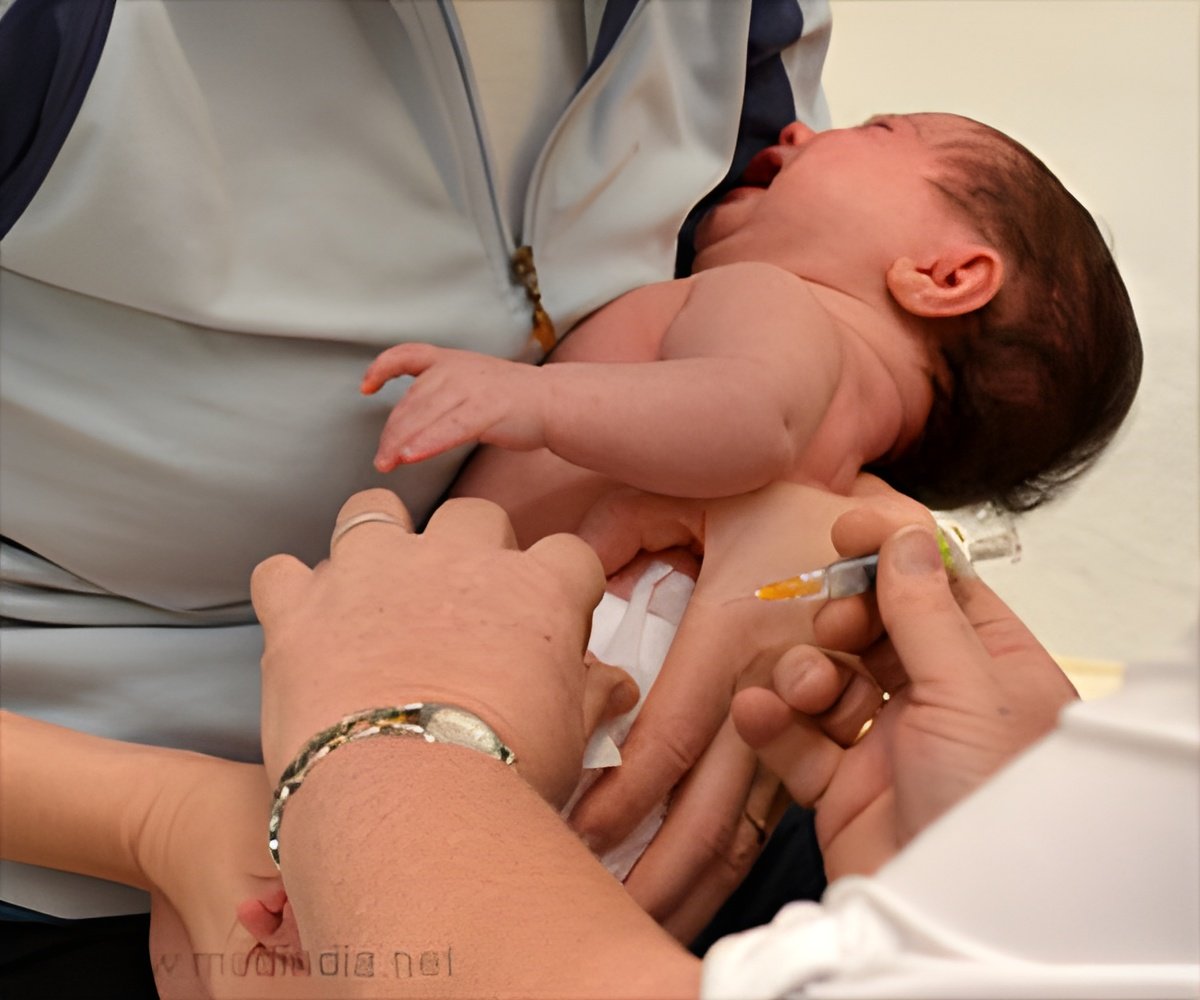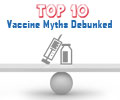Vaccination coverage was found low in various regions of africa due to various reasons in children aged below five years.

‘More campaigns, good access to health services, adequate public education and proper maintanence of vaccine stocks could make a big difference to immunization service delivery in areas with poor routine vaccination coverage.’
Read More..




Using data from Demographic and Health Surveys (DHS) conducted between 2011 and 2016, the researchers examined the performance of routine immunisation (RI) through the delivery of the three doses of diphtheria-tetanus-pertussis (DTP1-3) to children aged five and under, including drop-out rates between doses.Read More..
They compared this with the delivery of the measles-containing vaccine (MCV), for which additional supplementary immunisation activities (SIAs) are often undertaken. Highly detailed (one km sq.) maps showing levels of vaccine coverage for each country and reflecting the relative performance of routine and supplementary activities were produced.
The maps indicate substantial gaps in the delivery of the first dose of the DTP vaccine, particularly in DRC, Nigeria and Ethiopia - suggesting poor access to routine immunisation. However, where routine delivery of the measles vaccine in the same countries was supported with recurrent SIA campaigns, rates of coverage were substantially higher. In contrast, Mozambique and Cambodia had fewer campaigns and saw no real improvement - although both countries had stronger routine delivery systems.
These results suggest that additional targeted campaigns can make a big difference to immunisation service delivery, especially in areas with poor routine immunisation coverage.
Lead researcher Dr Chigozie Edson Utazi comments: "Many things can lead to low vaccination levels, such as poor access to health services, poor education, low stocks of vaccines and even vaccine refusal. We have shown that supplementary activities, as a short-term approach, can help address some of these problems, boost immunisation and improve disease resistance".
Advertisement
The researchers now hope to build on their work by extending to other countries and conducting further studies which incorporate data on treatment-seeking behaviour, travel time to health facilities and mobile phone network coverage. It is hoped that this could lead to the design and implementation of tailored vaccination delivery programmes.
Advertisement
Source-Eurekalert









